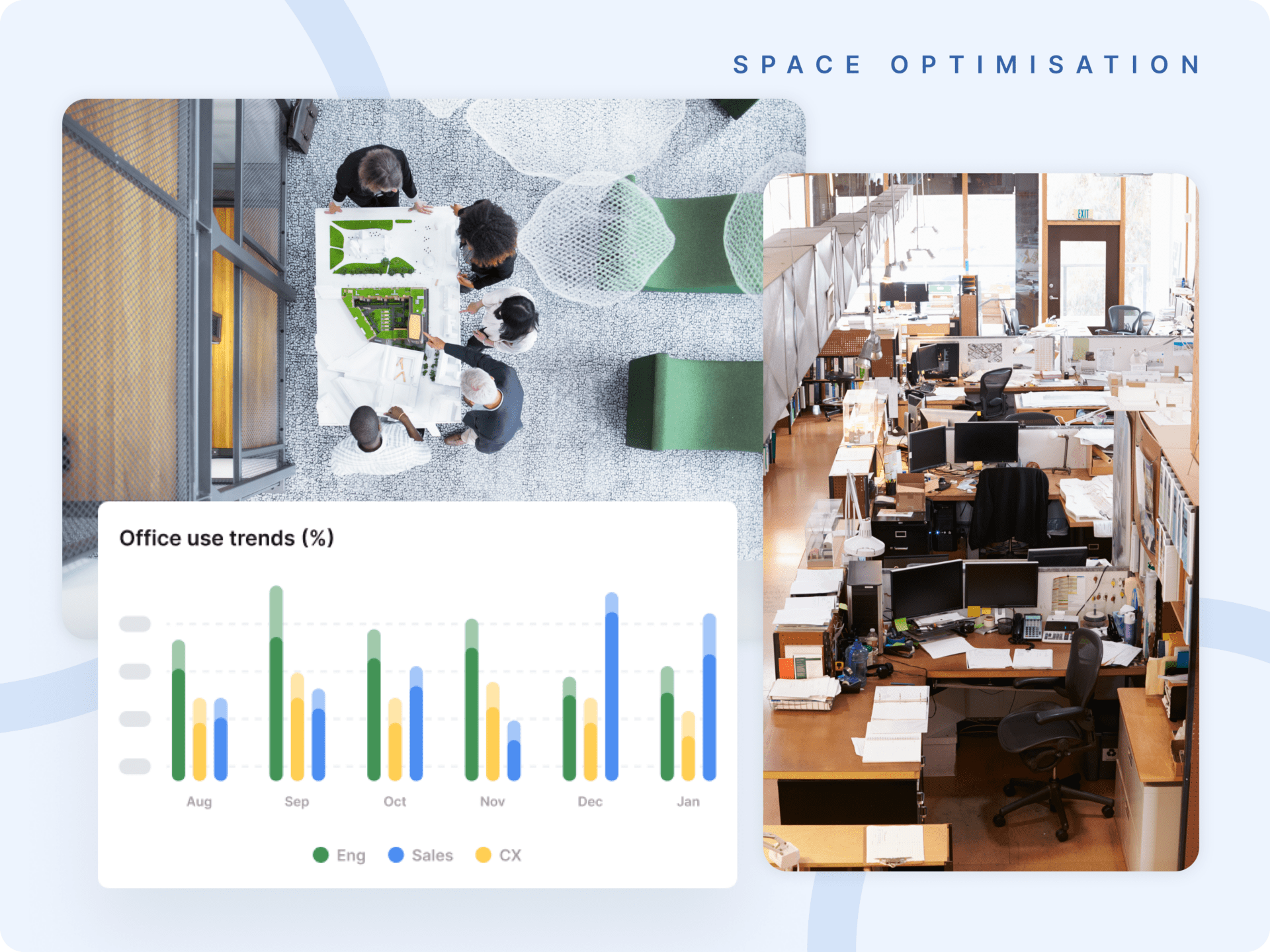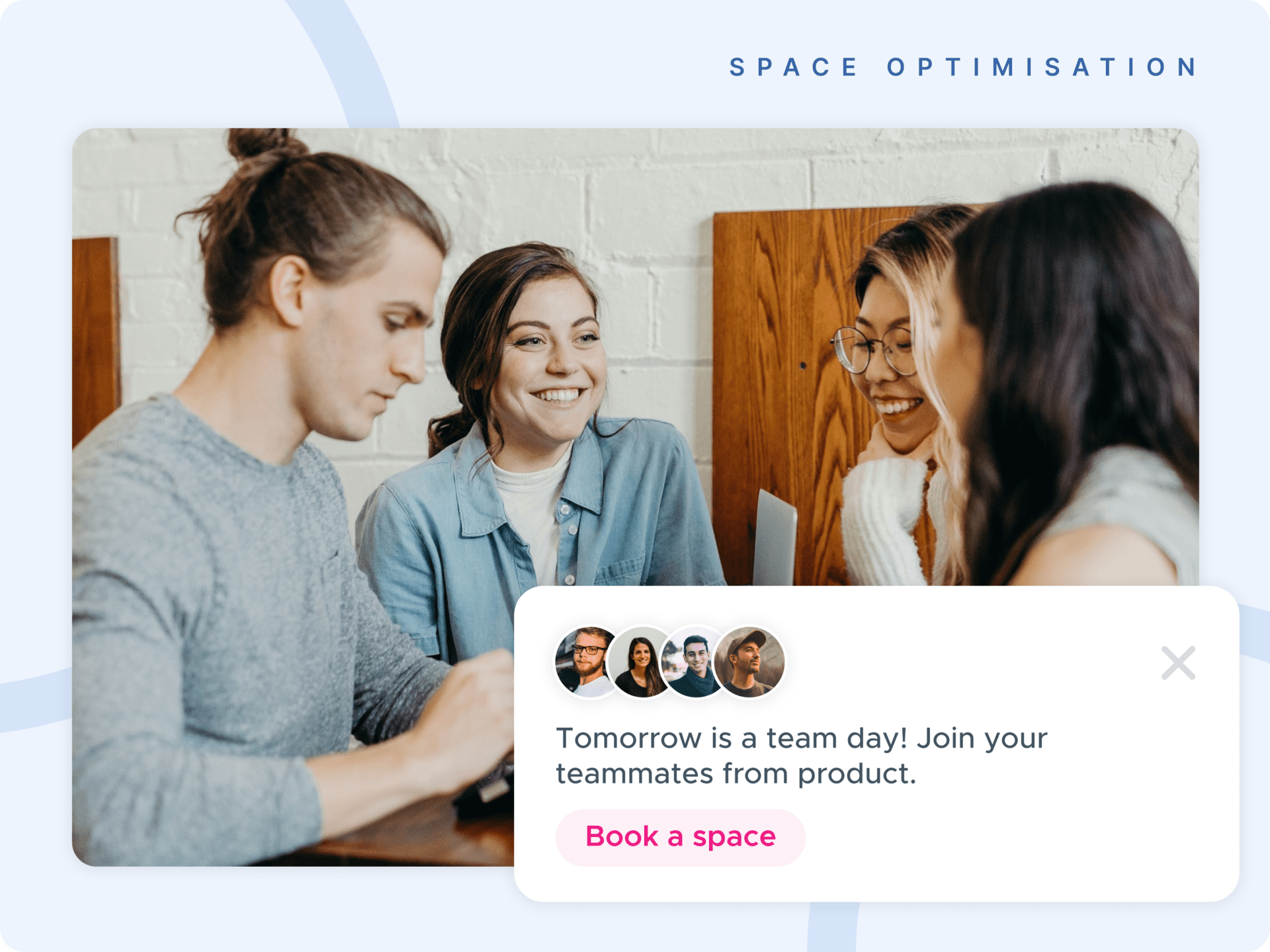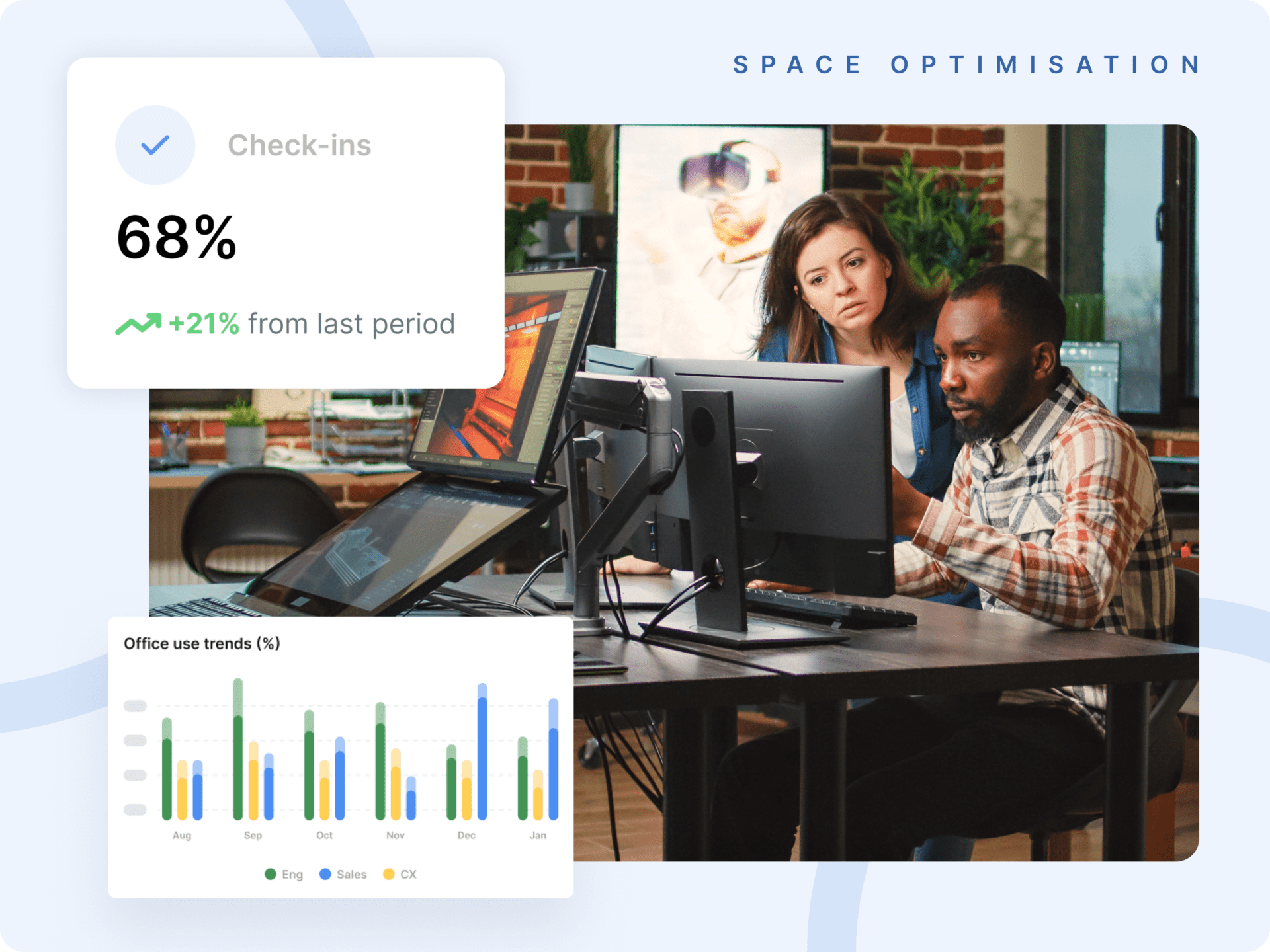Office fit-out costs have been climbing across the globe in recent years. Rising prices for materials, labor, and the push for higher-quality, more technology-rich workplaces all contribute to the uptick. Yet, these higher costs aren’t purely negative – in fact, many organizations see them as a worthwhile investment in employee experience, productivity, and long-term savings. Below, we break down why office fit-out costs are rising and why that’s not necessarily a bad thing, supported by current data and real-world examples.
The Reality: Higher Costs Across the Board
It’s well documented that the cost of fitting out office space is on the rise. According to JLL’s latest global cost guide, office fit-out costs increased in all regions over the last year. North America has seen the highest fit-out prices (averaging about $3,070 per square meter, vs. a global average of roughly $1,830/m²). Europe, Middle East and Africa (EMEA) averages around $1,970/m², while Asia-Pacific is lower at about $1,460/m².

In the U.S. and Canada, fit-out cost growth has recently slowed to +2.7% in 2023 (from a 10.1% jump in 2022), but costs remain higher than pre-pandemic levels. In fact, office build-out expenses in 2023 were about 33% above 2019 levels in the U.S., after two years of steep increases.
Several factors are driving these cost increases:
- Labor and Materials Inflation: Construction labor shortages and wage hikes are a major contributor. In EMEA, for example, labor costs rose over 12% in the last 12 months. JLL’s research finds that half of markets worldwide experienced labor shortages in the past year, and about 75% saw raw material price hikes, both of which have pushed fit-out costs higher.
- Regional Cost Variations: Currency fluctuations and local market conditions also play a role. Some high-demand cities (like London, New York, Tokyo, Dubai) rank among the most expensive places to build out offices. Meanwhile, emerging markets with construction booms (India, Vietnam, etc.) still offer lower fit-out costs. These disparities mean global firms must budget carefully depending on where they’re investing in office space.
- Post-Pandemic Design Changes: Many companies are reconfiguring layouts to support hybrid work and collaboration, which often means additional construction and technology investments (like creating more meeting areas and phone booths).

Despite these rising costs, companies aren’t shying away from office investments. In fact, 59% of organizations globally plan to increase spending on office design and fit-outs in the next five years. Why? Because they recognize that a well-fitted, engaging office can yield significant benefits. Higher upfront costs can translate into happier, more productive employees and savings down the road. Here’s why the extra spending can be “worth every penny.”
Investing in Hybrid-Ready Workplaces
One reason fit-out costs are up is that companies are making offices “hybrid-ready” – embedding the technology and space configurations needed for employees who split time between home and office. With many knowledge workers now coming into the office only ~2 days per week on average, the purpose of the office has shifted: it’s less about assigned cubicles for individual work and more about collaborative areas, meeting spaces, and seamless virtual connectivity.
Tech infrastructure is a prime example. To enable face-to-face and remote teams to work together, companies are spending a larger share of their fit-out budgets on technology – from high-end video conferencing systems and interactive screens to smart boards and room occupancy sensors. JLL reports that more than three-quarters of corporate real estate leaders are investing in better office tech, and 39% have upgraded conference room AV technology specifically. This tech-focused investment showed up in costs: the category of tech/AV equipment saw an 8%+ cost increase last year as firms outfitted spaces for hybrid meetings.
There’s also the matter of flexible space planning. A hybrid office often requires adaptable layouts – think movable furniture, modular partitions, and multi-purpose zones – so that space can flex for different uses. These elements can be more expensive than fixed drywall and built-ins, but they allow an office to convert from individual workspaces to team huddle areas or event spaces on demand. For instance, conference rooms might have operable walls, and large common areas might be furnished with pieces that can easily reconfigure. All of this adds upfront cost, yet it directly supports the hybrid model by making the workplace more useful and engaging when people do choose to come in.

Quality Over Quantity: Smaller, Better Offices
Another trend: many companies are trimming their overall office footprint (i.e. leasing less space) but pouring more investment into making that space high-quality. The logic is that if employees are only coming in a few days a week, the office must be appealing – a magnet, not a mandate. Fit-outs today often include amenities and design features that go above and beyond the old norm, which raises per-square-foot costs. But those enhancements are aimed at enticing employees back and boosting their satisfaction when on-site.
Modern offices are being designed to be more inviting and comfortable, often featuring open, greenery-filled lounges and mixed-use collaboration areas. These hospitality-inspired designs come with higher fit-out costs, but they help create an environment where people actually want to work on-site.

Case in Point
A recent design for TravelPerk’s headquarters in Barcelona, for example, deliberately included fewer traditional desks and more open collaboration spaces, plus a café, gym, outdoor terraces on every floor, and even a dedicated wellbeing room. These features increase fit-out expenditures (specialty furniture, gym installations, biophilic wall treatments, etc. are not cheap), but they serve a strategic purpose: to wow employees and give them benefits they wouldn’t get working from their kitchen table.

Karger, a global medical and scientific publisher, transformed its workplace strategy by embracing hybrid work and leveraging Kadence’s workplace analytics. By shifting from fixed desks to a flexible, data-driven model, Karger achieved an 80% reduction in its real estate footprint. The transition involved implementing hot desking, occupancy tracking, and team coordination tools, ensuring efficient use of office space without compromising productivity.
Like other forward-thinking organizations, Karger demonstrates that strategic use of hybrid tools can offset rising fit-out costs by optimizing how — and how much — space is needed.

The Sustainability Factor: Spending More to Save More
A subtle driver of rising fit-out costs is the push for sustainable and energy-efficient office spaces. Many companies now incorporate green building features into office renovations – such as advanced HVAC (air conditioning and ventilation) systems, efficient LED lighting, solar panels, and recycled or low-carbon materials. These sustainable fit-out choices often carry higher upfront costs, contributing to the overall rise.

However, this is a case where spending more now can lead to savings later. Building engineers note that investments in upgraded mechanical and electrical (M&E) systems can cut long-term operating costs by 10–40% through energy savings. JLL’s data shows that in markets where green retrofits are popular, M&E services (like HVAC, electrical, plumbing, smart controls) comprise on average 29% of fit-out costs – and in some cases up to 50% of the total project cost. This makes M&E the second-largest cost component of office fit-outs globally (after general construction works, which account for ~37%). In short, companies are allocating a big portion of their fit-out budget to behind-the-walls infrastructure: smarter air systems, better insulation, specialized lighting, etc. While that drives the initial project price higher, it yields benefits in reduced utility bills and a smaller carbon footprint over time.

Worth the Investment
Yes, fit-out projects today are more expensive than in the past. Companies are navigating inflation, supply chain headaches, and evolving workplace needs that all drive costs upward. But importantly, they are choosing to invest in these higher-cost fit-outs because of the value they provide. A well-designed office can boost collaboration, learning, and culture in ways that purely remote arrangements struggle to match. The office has become a tool to attract and retain talent – a differentiator that signals company culture.

In a hybrid working world, the office’s role is more intentional. It’s not just a container for workers; it’s a hub for innovation, social connection, and brand identity. Therefore, spending more to make it excellent is seen as a strategic investment rather than a sunk cost. And despite higher upfront expenses, many companies find that these investments are recouped through greater productivity, loyalty, and even downsized real estate needs (since a better office can mean you need fewer offices overall).
With hybrid now the norm, platforms like Kadence give organizations the tools to track, analyze, and adapt — ensuring every square foot earns its keep. Kadence Insights Plus helps workplace teams understand patterns in occupancy, booking behavior, and team presence to make smarter space decisions and avoid unnecessary fit-out costs. Want to see how it can be customized for your workplace? Book a demo and start optimizing your space strategy today.
In summary, rising fit-out costs reflect a new reality: organizations are spending more per office to make each one count. From state-of-the-art tech to collaborative layouts and eco-friendly systems, the modern office fit-out is delivering more value – and that’s why cost increases aren’t necessarily a bad thing. They represent companies’ commitment to create workplaces that energize employees and support business goals. As long as those outcomes are achieved, the higher price tag is a price many are willing to pay.





